
Do you have a question about the Toshiba RBC-AWSU52-UL and is the answer not in the manual?
| Power Source | Battery |
|---|---|
| Battery Type | AAA |
| Number of Batteries | 2 |
| Remote Control Technology | Infrared |
| Compatibility | Toshiba Air Conditioners |
Identifies the product model RBC-AWSU52-UL and provides general manual information.
Explains danger indications, warning symbols, and cautions for safe operation.
Details essential safety measures for installation and operation to prevent harm.
Defines terms related to air conditioner functions like Energy Saving, Soft Cooling, and timers.
Covers power breaker requirements and initial power-on procedures for the unit.
Details the functions of each button on the wired remote controller interface.
Instructions for turning the air conditioner on and off using the remote controller.
How to change the desired temperature setting for the air conditioner.
Selecting modes like Auto, Heat, Dry, Fan, or Cool for the air conditioner.
Setting the desired fan speed from Auto, High, Medium, or Low options.
Setting horizontal and vertical louvre directions and swing functions.
Adjusts the fan speed for the Air to Air Heat Exchanger unit.
Choosing between Heat Exchange, Automatic, and Bypass ventilation modes.
Enabling or disabling the humidification feature for the ventilation unit.
Navigating the menu to configure various ventilation settings.
Explains how to access and select items within the controller's menu system.
Setting the wind direction for each individual air outlet.
Configuring louvre swing types and fixing louvre angles.
Setting timers for operation start, stop, and reminders.
Creating daily or weekly schedules for automatic operation.
Reducing outdoor unit noise for quiet operation during specific times.
Managing the filter cleaning reminder and resetting the indicator.
Operating the automatic grille panel and kit for indoor units.
Configuring settings for energy saving, including limits and operation modes.
Checking current operating conditions and performing initial setup.
Configures the year, month, date, and time for accurate system operation.
Modifies the contrast of the LCD display for improved visibility.
Enables or disables the operating LED and backlight for the LCD screen.
Turns the sound feedback for button presses on or off.
Locks specific operations to prevent unauthorized changes or accidental activation.
Turns the ventilation function on or off for the connected air conditioners.
Adjusts the fan speed for ventilation, including various levels and auto settings.
Chooses operational modes for ventilation, such as Automatic, Heat Exchange, or Bypass.
Allows for a temporary halt of the continuous 24-hour ventilation feature.
Sets up scheduled times for ventilation to operate daily or weekly.
Configures sensor to detect presence and enable energy-saving modes automatically.
Determines the air conditioner's behavior (Standby/Stopped) when no one is present.
Retrieves detailed model and serial number information for indoor and outdoor units.
Displays a message indicating operations locked by central control system.
Sets distinct temperatures for Cool and Heat modes in Auto operation for precise climate control.
Manages settings for multiple indoor units linked together as a single operational group.
Enables operation of the indoor unit's air purifier function via the remote controller.
Activates or deactivates the silent operation mode for the indoor unit.
Adjusts the level for the low temperature dry operation mode.
Locks or unlocks various remote controller operations to prevent accidental changes.
Keeps indoor units dry and clean by running fan operations after cooling cycles.
Instructions for cleaning the remote controller using a soft dry cloth.
Procedure for cleaning filters and resetting the maintenance indicator.
How to identify and check error codes displayed on the remote controller.
Information on how to find contact details for professional repair assistance.
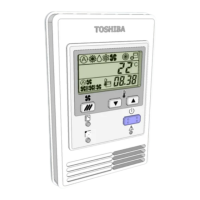
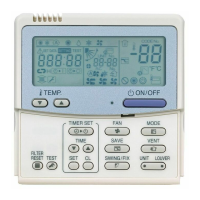


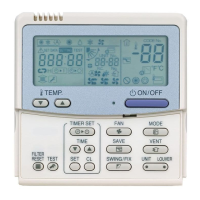
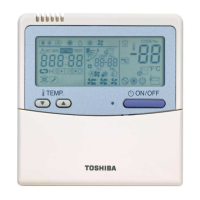


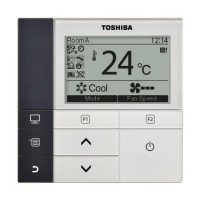
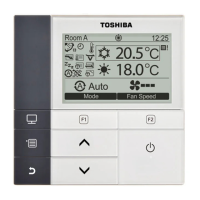
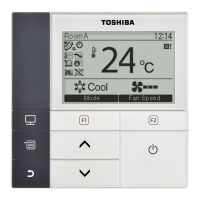
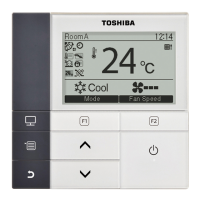
